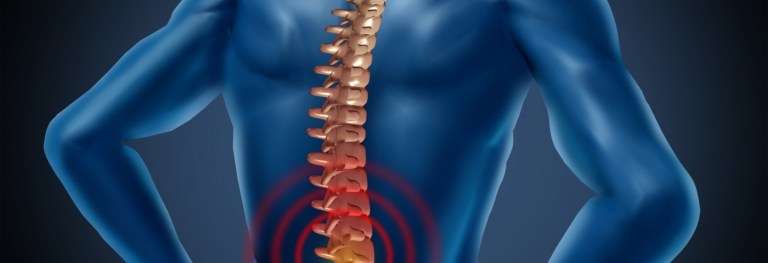Endocannabinoid (EC) levels in the blood are elevated in women with fibromyalgia. However, the findings do not support using these factors as disease biomarkers, researchers said.
Their study, “The relationship of endocannabinoidome lipid mediators with pain and psychological stress in women with fibromyalgia – a case control study,” appeared in The Journal of Pain.
Researchers currently regard the endocannabinoidome, which generally describes the endocannabinoid system, as a potential therapeutic target for chronic pain. This system is composed of lipid (fat)-based neurotransmitters known as ECs, which bind to specific receptors throughout the central nervous system.
The endocannabinoid system is part of the immune system and affects pain and inflammation. Different ECs have shown analgesic properties via activation of cannabinoid (CB) receptors 1 and 2. The endocannabinoid system also includes N-acylethanolamines (NAEs), which are lipid mediators that do not target CB receptors.
Besides their role in pain and inflammation, research suggested that components of the endocannabinoid system could be crucial regulators of emotions and cognition.
The research team from Sweden had previously described different levels of NAEs in women with chronic widespread pain, a typical manifestation in fibromyalgia, than in controls. However, the evidence on these mediators is still limited.
The scientists now analyzed plasma levels of different ECs — arachidonoylethanolamide (AEA), palmitoylethanolamide (PEA), oleoylethanolamide (OEA), stearoylethanolamide (SEA) and 2-arachidonoylglycerol (2-AG) — in 104 women with fibromyalgia and in 116 healthy controls.
They assessed correlations between these compounds and pain characteristics, psychological aspects, and health status, while also exploring their potential as biomarkers for fibromyalgia. All women were required to rate their pain, anxiety, depression, and current health status.
Results revealed that levels of OEA, PEA, SEA, and 2-AG were significantly higher in fibromyalgia than in healthy controls, but only OEA and SEA remained significantly different after accounting for age and body mass index (BMI).
The data also showed that the higher the concentration of 2-AG — one of the better characterized ECs — the longer the duration of fibromyalgia and the higher the BMI. However, 2-AG correlated negatively with pain, anxiety, depression, and health status.
Click Here to Visit the Store and find Much More….
These results of 2-AG may suggest this compound is the strongest candidate to serve as a biomarker for fibromyalgia, but the large variability in its levels indicate other factors may be better suited.
In the group with fibromyalgia, levels of AEA were higher in women with higher depression ratings. However, no differences were found between AEA levels in women with fibromyalgia compared to controls.
“The elevated circulating levels of endocannabinoidome lipids suggest that these lipids play a role in the complex pathophysiology of [fibromyalgia] and might be signs of ongoing low-grade inflammation,” the scientists wrote.
But because their role in clinical manifestations is uncertain, the authors said that “plasma lipids alone are not good biomarkers for [fibomyalgia].”



Very interesting read–I was diagnosed with hypoparathyroidism, about 10 years ago, and had 3 -f 4 glands removed. I must never miss taking calcium supplements. I was diagnosed with FM in 1991, after having arthritis, neuritis, migraines, charleyhorse legs, and on….but after being given the diagnosis, and hearing that it “wasn’t really a disease” I chose to ignore it. I was a chef. I worked up till 5 years ago, being prescribed all the opiods, then got the MMlicence–and now have a fractured hip. I still refuse to give in to FM. But trust me, it is real. Years of being told A) depression was the cause, B) your lifestyle is killing you C)Get up and get busy–you need exercise–and on and on. I would not stop. I am 76 years old, and when this hip is replaced–I plan on going back to work–as a Nanny.